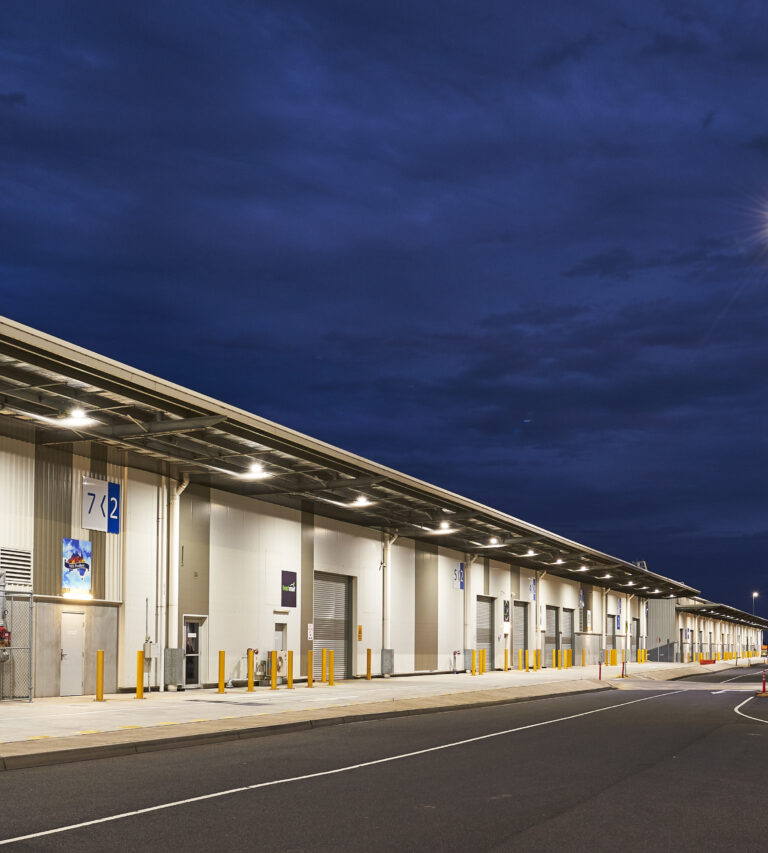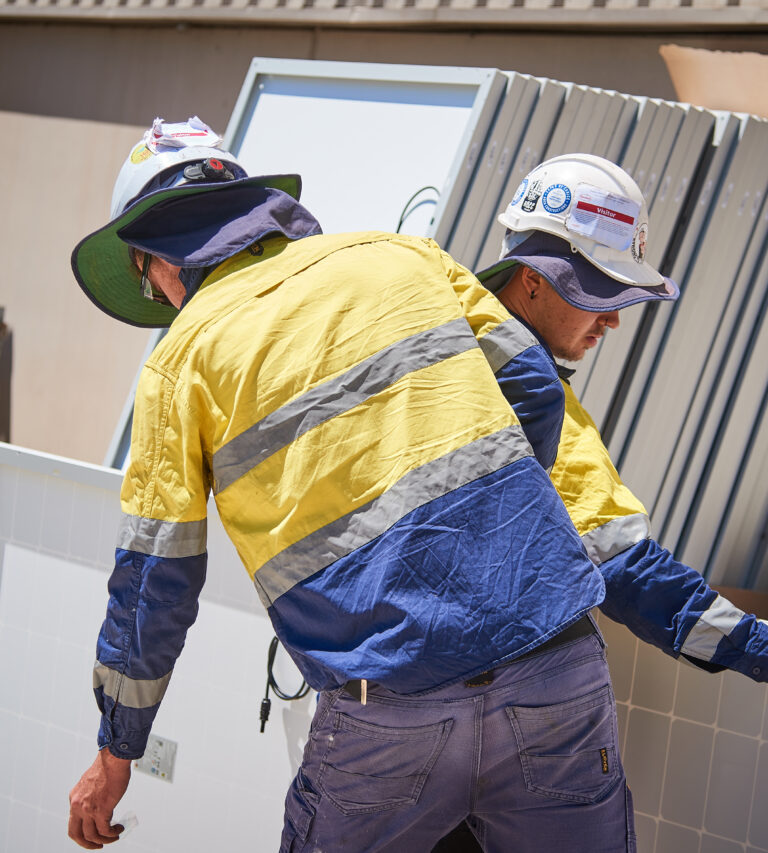You hear about Victorian Energy Efficiency Certificate (VEEC) prices as part of the VEET scheme going up and down, but what exactly does it mean? What affects the price and what is the result to you as customers?
Firstly, you need to understand the legislation behind VEECs. At the end of 2007, the Victorian Energy Efficiency Act was passed under the Labor Government, initiating the VEET scheme. The scheme was designed to make energy efficiency improvements such as LED lighting more affordable, contribute to the reduction of greenhouse gases, and encourage investment, employment and innovation in industries that supply energy efficiency goods and services.
The scheme commenced in 2009 and involves the creation and transfer of VEECs, with one VEEC representing one tonne of carbon dioxide equivalent abated by specified energy saving activities, again, like LED lighting upgrades.
So why does the price vary?
Well, buyers and sellers of VEECs trade through the wholesale market. An energy efficiency business such as Shine On will create VEECs through our operations. VEEC totals are calculated based on the product, space and whether other factors such as air conditioning exist in the area and the type of transformer that is being replaced. We will create VEECs based on these variables and sell and transfer to a Relevant Entity such as a large energy retailer with a liability under the scheme and receive money back which we then pass on to our customers.
Like any other commodity, the price for VEECs is determined by supply and demand. If there are a lot of energy efficiency upgrades taking place and fewer large entities wanting to buy abatements, then the price goes down. If on the other hand, few people and companies are changing towards energy efficiency and large entities are demanding to use more carbon, then the price will go up.
Wholesale prices for VEECs have fluctuated considerably since they were established and will probably continue to do so as businesses demand for energy changes.
Where to from here?
The good news is that the VEET scheme is here to stay, at least in the medium term. At the beginning of this year, the Act was amended to specify targets for the years 2016 to 2020, scaling up from 5.4 million tonnes in 2016 to 6.5 million tonnes in 2020. It also provided the regulations for setting additional targets until the end of the scheme in 2029.
So the smartest thing you can do for your business now is to set money aside for VEET accredited energy efficiency upgrades prior to 2020. Energy efficiency is great policy, because it not only helps people and businesses save money on their energy bills, but it also helps reduce climate change – a win-win situation for all.
Talk to us today if you would like more information on this topic.



